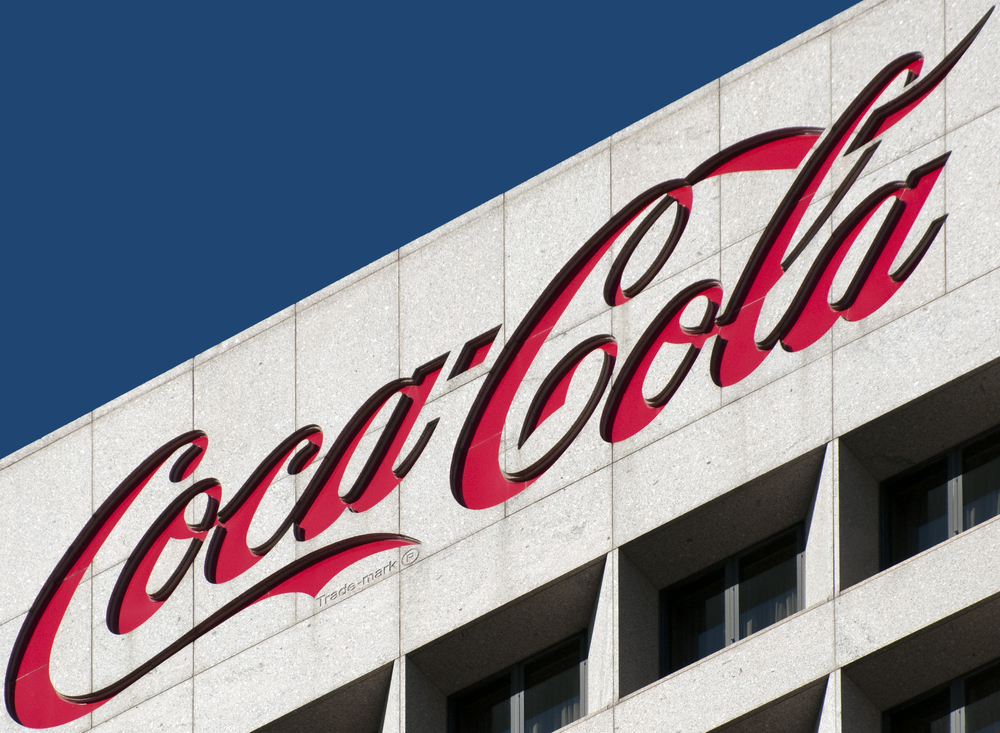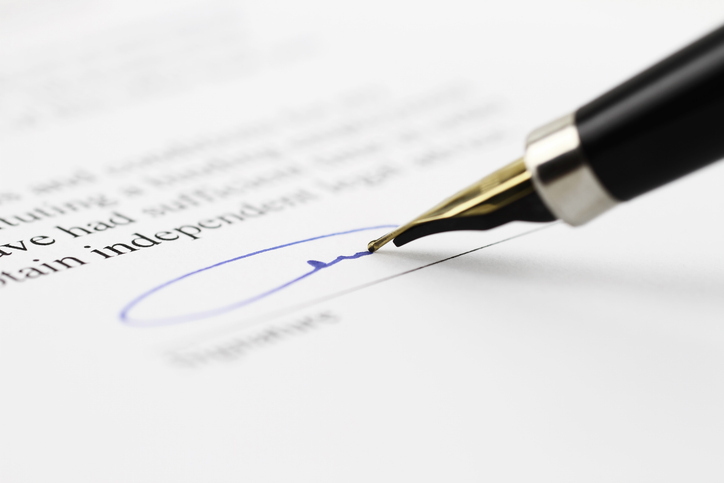While they may not be tangible like personnel or machinery, one of the most important assets owned by any company, including small businesses, is their intellectual property (IP) – 80 per cent of corporate valuations are based on intangible assets.
Trade marks are likely to be one of key components of an IP portfolio. Every business has a name, something that is, ideally, unique in identifying itself to potential customers to say ‘this is us; this is what we stand for.’ Most businesses will also have a logo to accompany their name that communicates the ethos of the company and its brand values. Some may even have slogans (think ‘I’m lovin’ it’), distinctive and unusual packaging (think Toblerone) and other aspects of the brand identity that combine to make the company visible, distinct and memorable.
All of these aspects of brand identity are capable of being registered as trade marks to provide robust statutory protection to a business and to add value through securing such intangible assets. Such trade marks need to be capable of identifying one company as the source of origin of the goods/services. Provided the brand does not, for example, simply describe the basic nature of the services (e.g. Speedy Couriers), registered protection should be achievable.
Although protecting company names and domain names to match a trading name is, of course, worth doing, these rights on their own will NOT provide a company with rights to prevent a ‘copycat’ third party. For this to happen – and it might be difficult and costly to prove – the company looking to protect its rights would need to offer significant evidence of extensive use and reputation through use over an extended period.
Naturallly, protecting IP will impact on the budget of any business. But the costs a business may face in, for example, having to change its brand because it has not conducted any checks to ensure the trade mark was available to use, or in having to prove and enforce an unregistered right against a third party copycat, would far outweigh the initial investment costs in securing strong IP rights.
In short, IP is an area of business that cannot be ignored: it is integral to proper planning and the development and growth of a company in terms of attracting investors or placing the business in a healthy position to be sold at a later date.
What steps should be taken?
Ideally, the brands a company wishes to use should be cleared for use BEFORE adoption – before hearts are set on them and money has been spent on advertising and marketing materials.
It could be that a third party already has the same or a very close trade mark registered for the same or close goods or services of interest to a company. If that is the case, use of the same or close trade mark will lead to a risk of being sued for infringement and a new company having to change its brand.
Therefore, it is commercially sensible for a company to conduct a search of the trade marks register for the desired brand for the goods/services of interest in the countries where it will operate. Checking the Companies House register and domain name registrations alone will not give a company the full picture. The register of trade marks is a separate repository of statutory rights. These checks are not obligatory, but should be seen as part of due diligence.
If the search is clear, in order to gain exclusive rights in that trade mark to prevent third parties from copying the brand and to put others on notice of the rights, it is recommended to register the trade mark for the relevant goods/services.
Some advantages of a trade mark registration include:
- The mark becomes a matter of public record in searches conducted by others, acting as a warning to third parties to steer clear of identical or closely similar marks
- It is possible to record any licences or encumbrances against the Registration to ensure they become a matter of public record, providing licensees with certain statutory rights
- It is easier to control distributors through a proper licence, providing them with permission to use the brand and ensure that distributors do not register the trade mark themselves or misuse the brand
- Counterfeit goods can be seized and destroyed at borders through proof of a trade mark registration to stop poor quality imitations entering the market
- The ® symbol can be applied to all goods and promotional materials as notice to third parties that the rights are registered and infringers will be pursued.
Conversely, lack of registered protection leads to ambiguity and uncertainty in the extent of any rights and added expense to enforce and prove those rights.
What if a company does not register its trade marks?
Put simply, if a company does not register its trade marks, a third party may do so, including a distributor or licensee. This could result in having to change a name and re-brand or fight the third party based on ambiguous unregistered rights. Also, in terms of mergers, acquisitions and VC investors, many companies will not fund or purchase a business or will place a lower value on it without trade mark registrations in place.
The value of brands should not be underestimated. For example, the Coca-Cola brand alone (separate from other parts of its business) was recently valued at around $34.8 billion.
In summary, a search for the trade marks of a business should be seen as an essential test drive; you wouldn’t purchase a new car without trying to first.
To continue the driving analogy, one would not drive that new car without insurance. The registration of a trade mark should be seen as essential ‘brand insurance’ and an investment for the future value of a business.
In terms of the road to IP protection, it is recommended that all businesses drive their companies forward safely with an eye on the future.





